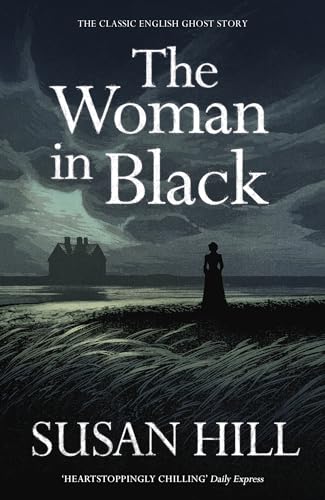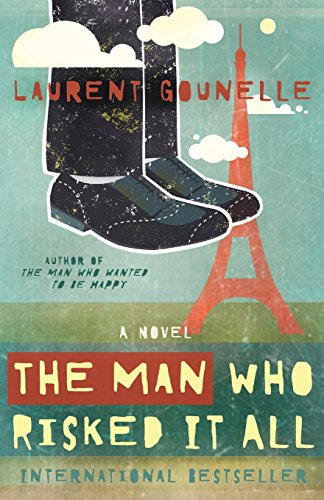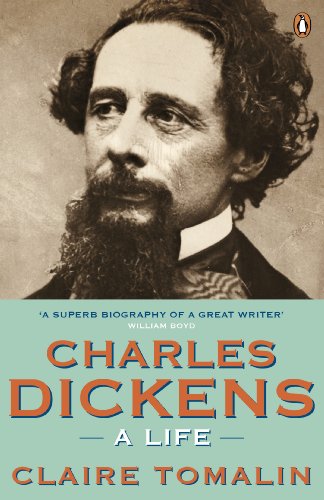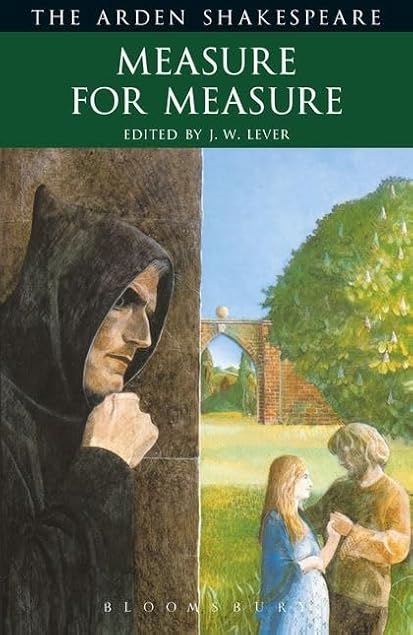Bruegel The Elder
Jan. 15th, 2015 10:05 amAfter the fine sunny cold day yesterday, this morning it has rained. However, i do have visits to attend to, one of them being in Ashford, but then i have not decided where else to go, although the obvious one would be Tenterden.I have a charity shop visit in that lovely picturesque town.
Menwhile, i was listening to Radio 4 this morning, "In Our Time", and they were discussing this picture by Pieter Bruegel , painted in 1559, The Fight Between Carnival And Lent.

This painting depicts a common festival of the period, as celebrated in the Southern Netherlands. It presents the contrast between two sides of contemporary life, as can be seen by the appearance of the inn on the left side - for enjoyment, and the church on the right side - for religious observance.
The busy scene depicts well-behaved children near the church and a beer drinking scene near the inn. Other scenes show a well in the centre (the coming together of different parts of the community), a fish stall and two competing floats.
A battle enacted between the figures Carnival and Lent was an important event in community life in early modern Europe, representing the transition between two different seasonal cuisines: livestock that was not to be wintered was slaughtered, and meat was in good supply. As the period of Lent commenced, with its enforced abstinence and the concomitant spiritual purification in preparation for Easter, the butcher shops closed and the butchers travelled into the countryside to purchase cattle for the spring.
Bruegel's painting is rich in allegories and symbolism that have been long studied. It is often read as the triumph of Lent, since the figure of Carnival seems to bid farewell with his left hand and his eyes lifted to the sky. A more generalized meaning may be the illustration of Bruegel's belief that human activities are motivated by folly and self-seeking.
Menwhile, i was listening to Radio 4 this morning, "In Our Time", and they were discussing this picture by Pieter Bruegel , painted in 1559, The Fight Between Carnival And Lent.

This painting depicts a common festival of the period, as celebrated in the Southern Netherlands. It presents the contrast between two sides of contemporary life, as can be seen by the appearance of the inn on the left side - for enjoyment, and the church on the right side - for religious observance.
The busy scene depicts well-behaved children near the church and a beer drinking scene near the inn. Other scenes show a well in the centre (the coming together of different parts of the community), a fish stall and two competing floats.
A battle enacted between the figures Carnival and Lent was an important event in community life in early modern Europe, representing the transition between two different seasonal cuisines: livestock that was not to be wintered was slaughtered, and meat was in good supply. As the period of Lent commenced, with its enforced abstinence and the concomitant spiritual purification in preparation for Easter, the butcher shops closed and the butchers travelled into the countryside to purchase cattle for the spring.
Bruegel's painting is rich in allegories and symbolism that have been long studied. It is often read as the triumph of Lent, since the figure of Carnival seems to bid farewell with his left hand and his eyes lifted to the sky. A more generalized meaning may be the illustration of Bruegel's belief that human activities are motivated by folly and self-seeking.







